Kyoto is a wonderful city with countless temples, palaces, gardens and pagodas, and it is the historical and cultural stronghold of Japan. A visit to the city provides a distinguished view of the country’s earlier imperial history in the Edo era of 1603-1867.
The city was Japan’s capital before Tokyo, and all the grand palaces and temples are preserved in the streets and neighborhoods of Kyoto, which also offers all the amazing impressions of modern Japan. The special blend is unique, and Kyoto is a true must see if you want to get the best picture of Japan over the past 500 years.
Many sights are inscribed in UNESCO’s list of world heritage sites. This is the case for Hideyoshi Toyotomi’s impressive Nijo Palace, the Golden Pavilion and Toji Temple, where Japan’s highest pagoda stands tall.
The mountains surrounding the city also host a lot of temples which are also worth seeing together with the nature. Great places like Nara with all its tranquility and the vibrant metropolis of Osaka are other places that are easily accesible from Kyoto.
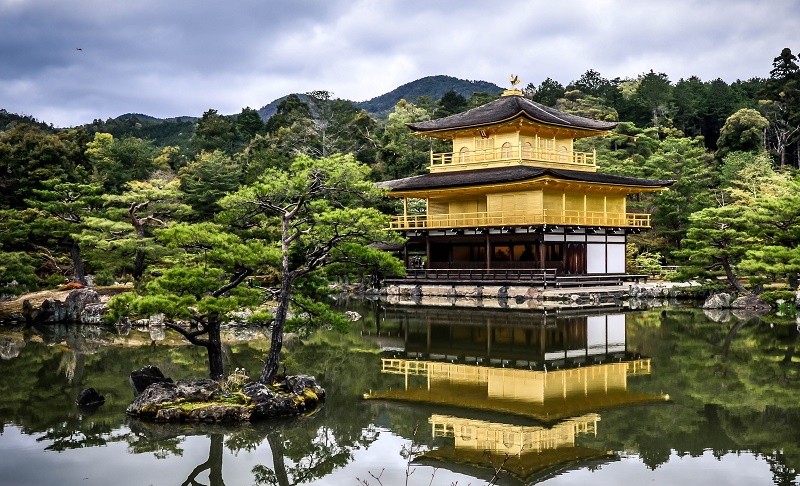
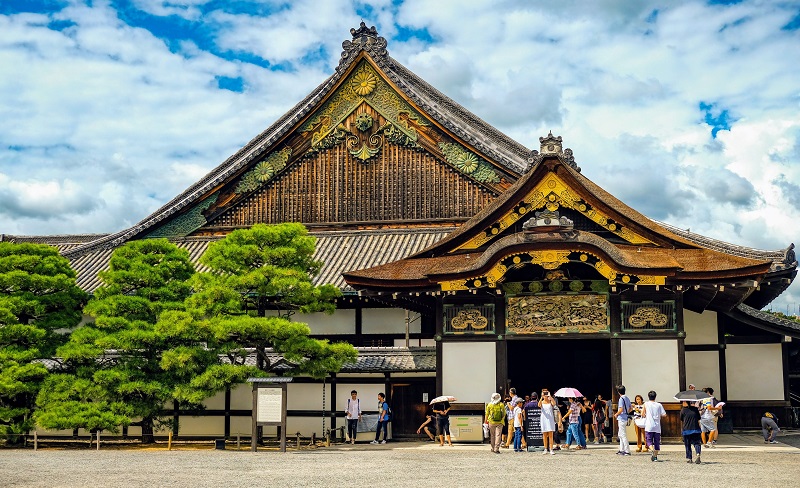
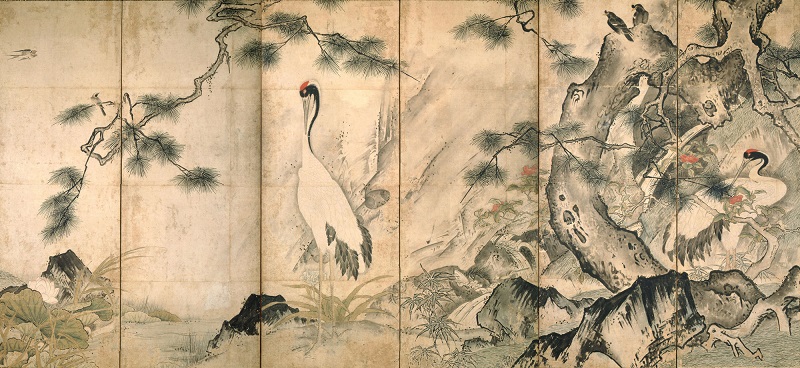
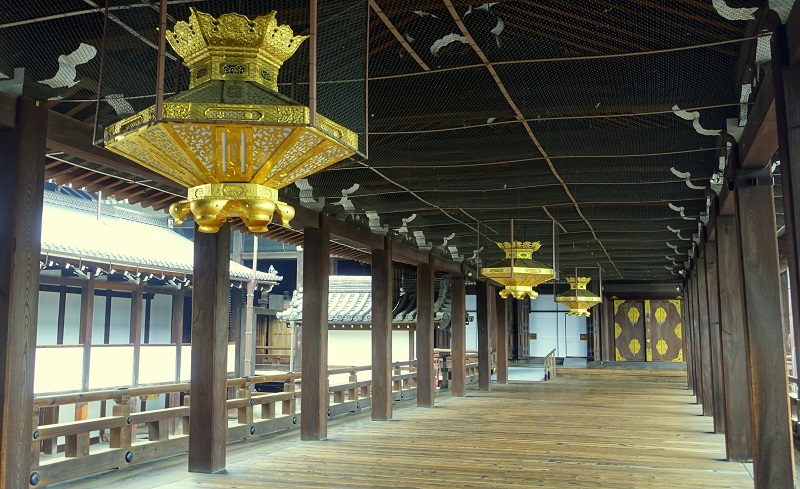
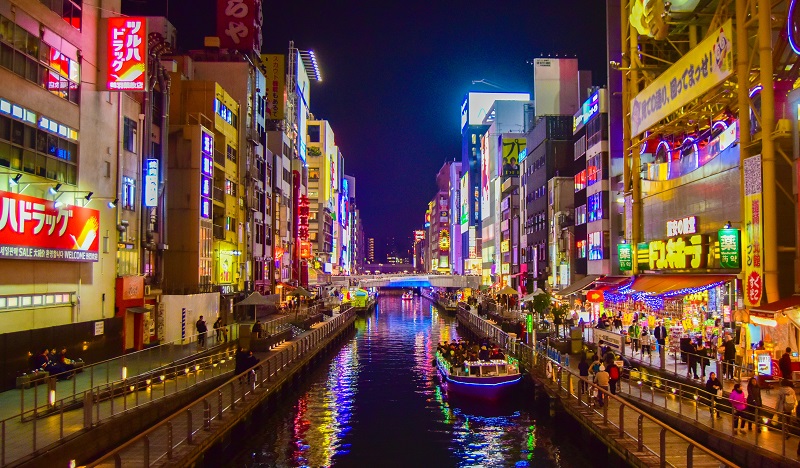
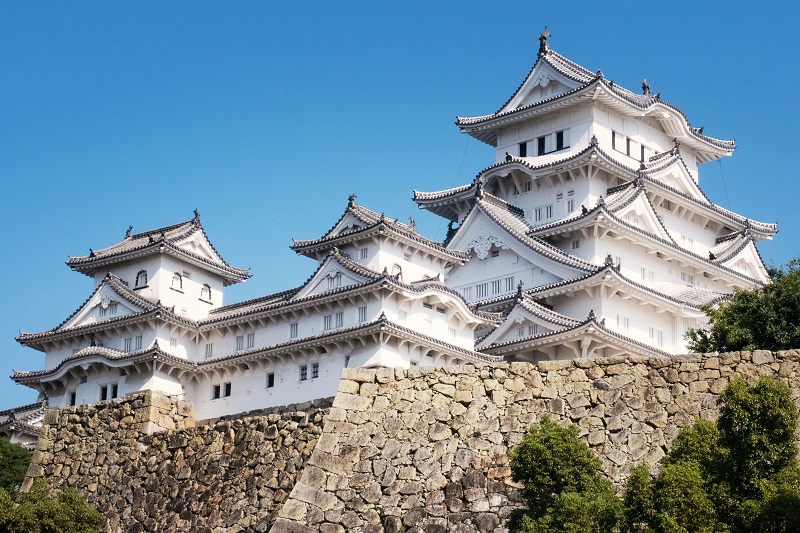
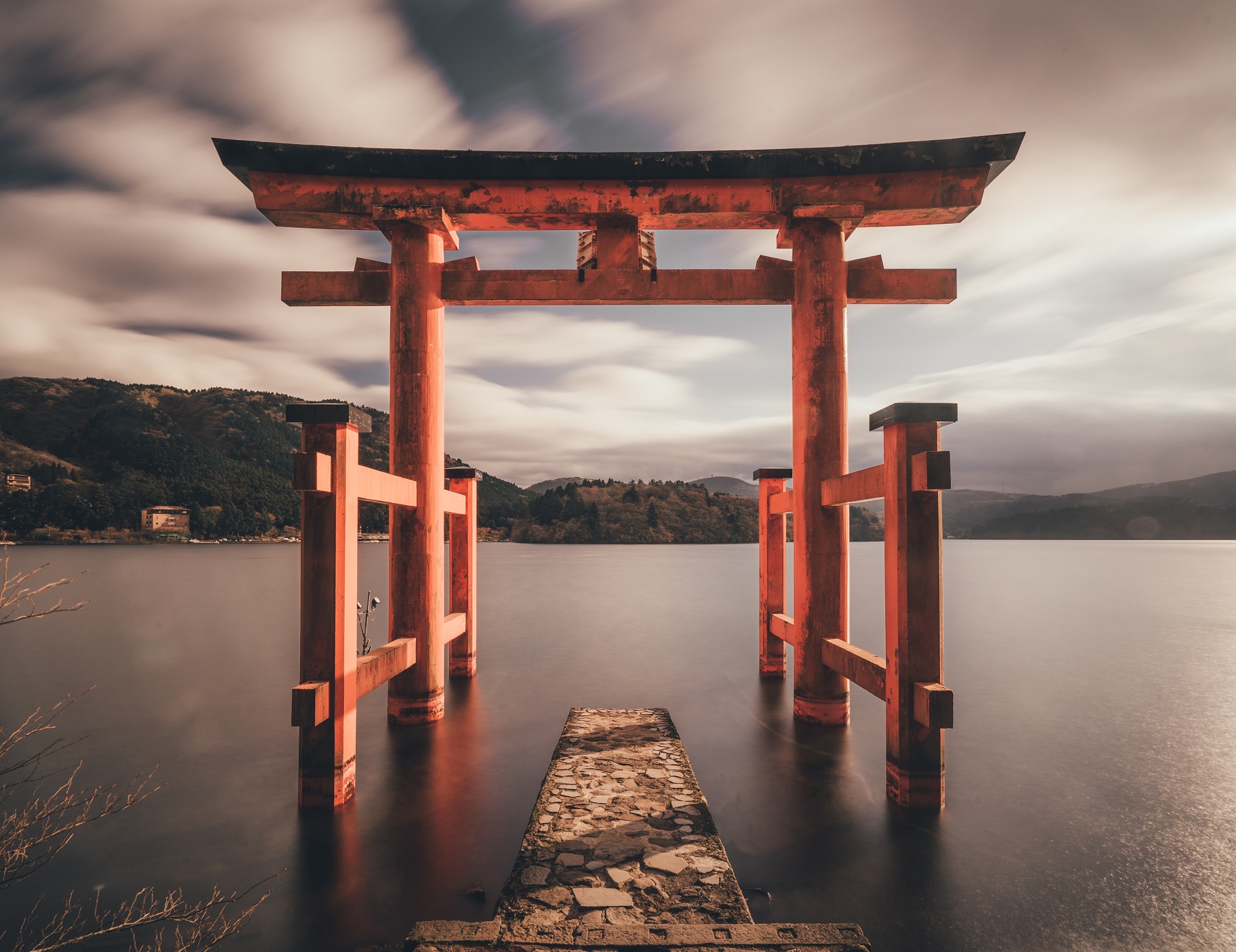
Emperor Kammu made Kyoto the capital of Japan in 794 – after having established his court in the Kyoto suburb of Nagaoka for 10 years. It was a status retained until 1868, when Tokyo was made the country’s imperial government city.
Kyoto was built according to traditional Chinese geometry in urban planning. One of the role models was the Tang Dynasty capital of Chang’an in Xi’an province on the Chinese mainland. Over the centuries, however, the Japanese in Kyoto developed their own version based on the Japanese culture, the so-called hiragana, seen in the elegantly landscaped city’s myriad historic buildings.
For a long time, Kyoto was not just the name of the country’s capital, it was the economic, cultural and administrative center. Occasionally, however, there were periods when another city was a political government city, such as Kamakura in the 1200-1300s and Edo from 1603 to 1868.
Mongol armies invaded Japan in the late 13th century, and were beaten back by a typhoon, the so-called divine wind, the Kamikazen. The calm was restored under Emperor Go-Daigo. It was also during Go-Daigo that a cultural boom of Kyoto began – the Ashikaga period. From time to time many beautiful temples and gardens are still visible.
However, tensions between regional leaders increased in the rest of Japan, and in 1467 became the year in which the 10-year Onin war began. Hard battles were fought all the way inside the center of Kyoto, which was partially destroyed. However, the city existed – also as a capital, but the following decades became a time of many regional struggles.
The Emperors Nobunaga and Hideyohshi gathered the land under the central power of Kyoto and rebuilt the city in the years 1568-1590. There were now more than 500,000 inhabitants.
At the time of Edo’s position as the country’s political center of power from 1603, Kyoto remained the country’s spiritual and cultural hub. No other city in the kingdom had temples and cultural institutions like Kyoto, and this is still clearly seen on a visit to the city today.
During World War II, Kyoto was not bombed due to the city’s unique cultural and architectural heritage. After the war, the city was also maintained as a center of traditional Japanese culture and as an educational center. Kyoto University has thus produced several Nobel laureates.
During the long Japanese economic boom after 1945, some industry in the city also developed, but the cultural – including a sharp increase in tourism from the 1970s – is still the hallmark of the beautiful city.

Overview of Kyoto
Kyoto is a wonderful city with countless temples, palaces, gardens and pagodas, and it is the historical and cultural stronghold of Japan. A visit to the city provides a distinguished view of the country’s earlier imperial history in the Edo era of 1603-1867.
The city was Japan’s capital before Tokyo, and all the grand palaces and temples are preserved in the streets and neighborhoods of Kyoto, which also offers all the amazing impressions of modern Japan. The special blend is unique, and Kyoto is a true must see if you want to get the best picture of Japan over the past 500 years.
About the upcoming Kyoto travel guide
About the travel guide
The Kyoto travel guide gives you an overview of the sights and activities of the Japanese city. Read about top sights and other sights, and get a tour guide with tour suggestions and detailed descriptions of all the city’s most important churches, monuments, mansions, museums, etc.
Kyoto is waiting for you, and at vamados.com you can also find cheap flights and great deals on hotels for your trip. You just select your travel dates and then you get flight and accommodation suggestions in and around the city.
Read more about Kyoto and Japan
Buy the travel guide
Click the “Add to Cart” button to purchase the travel guide. After that you will come to the payment, where you enter the purchase and payment information. Upon payment of the travel guide, you will immediately receive a receipt with a link to download your purchase. You can download the travel guide immediately or use the download link in the email later.
Use the travel guide
When you buy the travel guide to Kyoto you get the book online so you can have it on your phone, tablet or computer – and of course you can choose to print it. Use the maps and tour suggestions and you will have a good and content-rich journey.
Golden Pavilion • Great Palaces • Magnificent Temples • Pagodas

Overview of Kyoto
Kyoto is a wonderful city with countless temples, palaces, gardens and pagodas, and it is the historical and cultural stronghold of Japan. A visit to the city provides a distinguished view of the country’s earlier imperial history in the Edo era of 1603-1867.
The city was Japan’s capital before Tokyo, and all the grand palaces and temples are preserved in the streets and neighborhoods of Kyoto, which also offers all the amazing impressions of modern Japan. The special blend is unique, and Kyoto is a true must see if you want to get the best picture of Japan over the past 500 years.
About the upcoming Kyoto travel guide
About the travel guide
The Kyoto travel guide gives you an overview of the sights and activities of the Japanese city. Read about top sights and other sights, and get a tour guide with tour suggestions and detailed descriptions of all the city’s most important churches, monuments, mansions, museums, etc.
Kyoto is waiting for you, and at vamados.com you can also find cheap flights and great deals on hotels for your trip. You just select your travel dates and then you get flight and accommodation suggestions in and around the city.
Read more about Kyoto and Japan
Buy the travel guide
Click the “Add to Cart” button to purchase the travel guide. After that you will come to the payment, where you enter the purchase and payment information. Upon payment of the travel guide, you will immediately receive a receipt with a link to download your purchase. You can download the travel guide immediately or use the download link in the email later.
Use the travel guide
When you buy the travel guide to Kyoto you get the book online so you can have it on your phone, tablet or computer – and of course you can choose to print it. Use the maps and tour suggestions and you will have a good and content-rich journey.


Similar to Kyoto Travel Guide